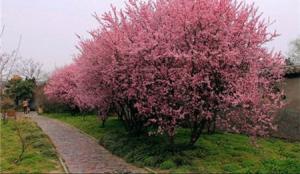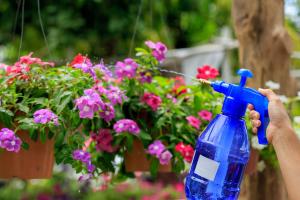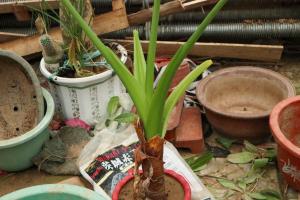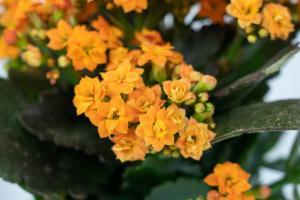Is it Better to Grow Plants in Water or Soil?
Gardening is a wonderful way to bring nature into your home, and growing plants is a healthy and rewarding hobby. One of the most debated topics among gardeners is whether it is better to grow plants in water or soil. In this article, we will explore the advantages and disadvantages of both methods to help you decide which one is best for your needs.
The Benefits of Growing Plants in Soil
Soil is the traditional growing medium for most plants, and it provides a range of benefits. First and foremost, soil provides plants with essential nutrients they need to grow strong and healthy. It also provides a stable foundation for plants to grow into, allowing their roots to spread and anchor the plant in place. Soil also plays a crucial role in protecting plants from diseases and pests by hindering their growth and spread.
Another benefit of growing plants in soil is its versatility. There are many different types of soil, each with its unique characteristics, allowing you to choose the right one for your plants' needs. Whether you are growing vegetables, herbs, or flowers, soil provides the nutrients and support you need to produce thriving plants.
The Advantages of Growing Plants in Water
At the same time, growing plants in water has several advantages that shouldn't be overlooked. For example, it is a highly efficient method that can enable you to grow plants faster and with less effort. It eliminates the need for soil preparation, weeding, and pests control, simplifying the overall gardening process.
Growing plants in water can also make it easier to control the nutrients and pH levels to ensure optimal plant growth. Moreover, this method can save water as it reduces evaporation and minimizes drainage, making it an eco-friendly option to consider.
Disadvantages of Growing Plants in Water and Soil
Despite their respective benefits, both methods also have drawbacks. Growing plants in soil can be more challenging if you live in an area with poor quality soil, requiring additional fertilization or soil amendments to compensate. It can also be harder to control soil moisture, leading to root rot or inadequate drainage issues.
Growing plants in water, on the other hand, has its limitations. Some plants may not thrive as well in a water-only environment, while others may require additional artificial lighting to grow correctly. Additionally, there is always the risk of waterborne diseases and algae growth, which can endanger the health of your plants.
Which Method Should You Choose?
Ultimately, the best method for growing plants depends on several factors, such as the type of plant you are growing, the resources you have, and the environment you live in. Some species may prefer one method over another, while others fare equally well in both conditions.
In general, growing plants in soil may be the more straightforward method for most gardeners, as it provides the necessary nutrients, support, and protection for most plants' growth. However, if you have limited space or resources, growing plants in water can be a viable alternative that allows you to enjoy the benefits of gardening without the added hassle.
Conclusion
Whether you are an experienced gardener or a beginner, growing plants is a fun and fulfilling hobby that can brighten up your home and life. Choosing the right growing method for your plants is a crucial decision that can determine their overall health and productivity. Whether you choose soil or water, make sure to care for your plants regularly, and provide them with the love and attention they deserve.

 how many times do yo...
how many times do yo... how many planted tre...
how many planted tre... how many pine trees ...
how many pine trees ... how many pecan trees...
how many pecan trees... how many plants comp...
how many plants comp... how many plants can ...
how many plants can ... how many plants and ...
how many plants and ... how many pepper plan...
how many pepper plan...































